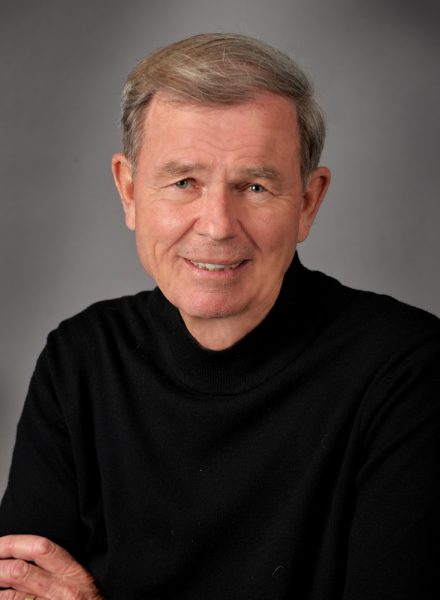“It is a Great Day”

Britain’s King George III may not have been a bad guy, but he made a couple of mistakes with the Colonies. The first was to rebuff an attempt by the Continental Congress to settle their differences about taxes and stuff—the royals didn’t negotiate with commoners. The second mistake was to send a 400-ship armada in 1776 to bully the Colonies into compliance. The response of the Continental Congress was brilliant.
They asked George Washington to form an army, Thomas Jefferson to draft a statement of independence, and John Adams to sell it to the congressional delegates. It was a remarkable team—the men were later our first three presidents. Jefferson wrote the Declaration of Independence, assembling the familiar phrases that begin: “When in the course of human events…” He then patiently allowed his work to be polished, first in committee and then in a committee of the whole Congress, thus engaging all in the rebellion. John Adams, in his greatest speech, called the Congress to approve the document. It was a momentous decision, affirmed by the Declaration’s closing words, “we mutually pledge to each other our Lives, our Fortunes and our sacred honor.”
The Declaration of Independence unified this new nation, overcoming a minority loyal to the king. Following a Revolutionary War victory and creation of our Constitution, Washington served two terms as president, with John Adams vice president (until the Twelfth Amendment, the runner-up became vice-president). Adams won the presidency in 1796, with Jefferson taking the vice presidency; Adams then sought a second term in a bitterly fought and divisive election remembered as the “revolution of 1800.” Jefferson won, but the harsh campaign ruined his friendship with Adams.
The two most responsible for the Declaration of Independence were as enemies through Jefferson’s two presidential terms. Finally, encouraged by co-signer Dr. Benjamin Rush, John Adams took up his pen on New Year’s Day of 1812 to reach out to Jefferson. Jefferson responded in kind, recalling when “we were fellow laborers in the same cause, struggling for [mankind’s] right of self-government.” Their friendship was reborn. In 1926, Jefferson urged his grandson, visiting Boston, to go and see Adams for if he didn’t he would have “seen nothing.” The grandson did and Adams wrote back, telling how he enjoyed the visit, mentioning his own son, President John Quincy Adams. These were their last letters.
The year 1826 marked the 50th anniversary of the Declaration of Independence; of the original signers, only three lived—Adams, Jefferson and Charles Carroll of Maryland. None were well enough to participate, but Jefferson wrote to the mayor of Washington, D.C., urging “an annual return to this day [to] refresh our recollection of these rights.” Adams, asked to suggest a toast for the day said simply, “Independence forever.” Jefferson died the afternoon of July 4. Adams, awakened in the morning and told it was the fourth, pronounced, “It is a great day.” He passed a few hours after Jefferson. Friends from America’s fight for independence, alienated by the meanness of politics, became friends again and companions in death. There’s meaning in that.
Skip fell in love with Laguna on a ‘50s surfing trip. He’s a student of Laguna history and the author of “Loving Laguna: A Local’s Guide to Laguna Beach”. Email: [email protected]




